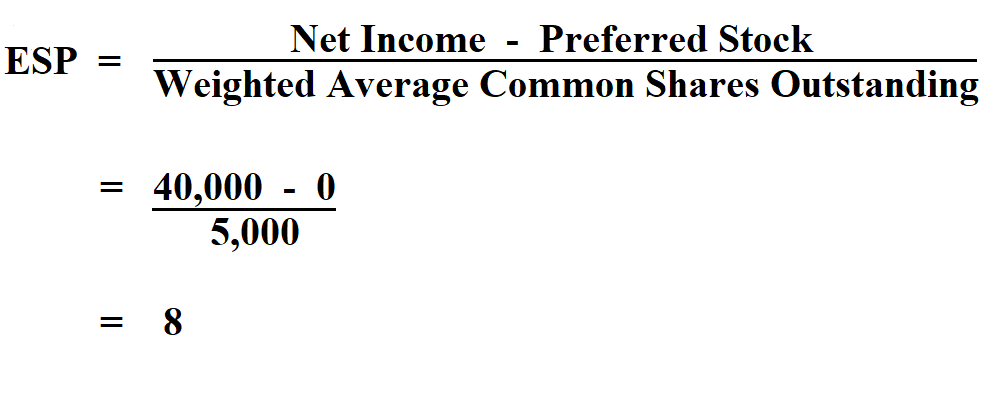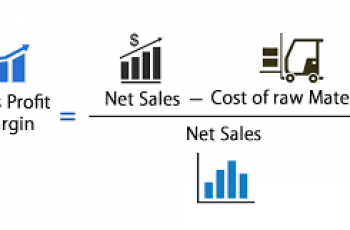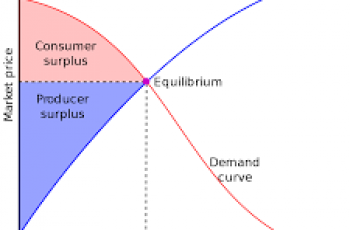What is Earnings Per Share?
Ahead of discussing how to calculate earnings per share, lets begin by defining what shares are. Simply put shares is the financial instrument issued by the company to raise funds from the general public.
While earnings per share(EPS) or net income per share, is the portion of a company’s profit that is allocated to each outstanding share.
What is a Good EPS.
To define a good EPS in stocks, several factors need to be taken into account. Those include the company’s recent performance, the competitor’s performance, and analysts’ expectations of the stock. Additionally, a good EPS is determined less by the absolute value of the EPS and more by its year-over-year change. The absolute value of a company’s EPS should increase annually, but the rate of increase of EPS should also accelerate.
Uses of Earnings Per Share.
- EPS is used by analysts and traders to gauge the financial strength of a company, and is often considered to be one of the most important variables in determining a stock’s value.
- Investors compare EPS with the share price of the stock to determine the value of earnings and how investors feel about future growth.
- Earnings per share is one of the most important metrics employed when determining a firm’s profitability on an absolute basis. It is also a major component of calculating the price-to-earnings (P/E) ratio, where the E in P/E refers to EPS.
Limitation of Earnings Per Share.
The main limitation of using EPS to value a stock or company is that EPS is calculated using net income. Non-cash expenses such as depreciation and amortization are subtracted from net income, and the lumpy nature of capital expenditures can cause a company’s net income to vary greatly across reporting periods.
It is rather easy for a company to manipulate their EPS value. They can do this by by buying back stock, reducing the number of shares outstanding. Also changes to accounting policy for reporting earnings can also change EPS.
Formula to Calculate Earnings Per Share.
To calculate ESP, we subtract the preferred stock from net income, Then divide your result by the weighted average common shares outstanding.

Preferred Stock.
Preferred stock are all additional shares of a company’s stock. They are shares of a company’s stock with dividends that are paid out to shareholders before common stock dividends are issued. Mostly, preferred stock has fixed dividends. The preferred stock shareholders do not hold voting rights. Small companies do not most of the time offer preferred shares.
Common Stock.
Common stock or ordinary shares represents ownership in a company proportionally with all other ordinary shareholders, according to their percentage of ownership in the company. Dividends are not fixed in this type of shares. Ordinary shareholders have no voting rights.
Outstanding Shares.
Outstanding shares are common stock authorized by the company, issued, purchased and held by shareholders.
Weighted Average Common Shares Outstanding.
We get the weighted average common shares outstanding by adding the outstanding shares at the beginning of the financial year and at the end and dividing by two.
Example:
A company made a net income of $ 40,000 during a certain year. Since it is a small company, there were no preferred shares outstanding. The company had 5,000 weighted average shares outstanding during the year. Calculate the ESP of the company.

Therefore, the ESP of the company is $ 8.

